Service hotline
+86 0755-83975897
 en
en Release date:2025-02-19Author source:KinghelmViews:1369
The traditional CPW features a G-S-G configuration, where the signal line and grounds are situated on the same plane. In contrast, CPWG builds upon the traditional CPW by adding a ground plane on the underside of the dielectric substrate and connecting this ground plane to the top-side ground through vias.
The characteristics of CPWG encompass those of the traditional CPW, with additional benefits stemming from the inclusion of the bottom ground plane and the via connections. For the purpose of this discussion, we will focus solely on the analysis of CPWG.
From its structural perspective, the G-S-G configuration of the coplanar waveguide inherently mitigates crosstalk between signals. It also provides superior isolation and EMI performance for the traces, enabling the achievement of lower impedance.
In terms of radiation characteristics, the addition of vias introduces discontinuities, leading to impedance variations and increased losses due to these discontinuities.
When designing for millimeter-wave frequencies, with the same dielectric substrate, CPWG exhibits lower surface wave leakage and radiation losses compared to microstrip lines.
Furthermore, CPWG stands out for its superior thermal dissipation properties when used in power device applications, compared to traditional CPW.
In the design process, the following general experiences are typically applied:
1. The signal line should be enclosed by ground planes on the same layer, with a constant distance maintained to avoid discontinuities that could lead to impedance variations.
2. The distance from the signal line to the ground plane on the same layer should be maintained at the thickness of the dielectric substrate.
3. The horizontal distance between vias is generally set to λ/20 to 2mm, where λ represents the wavelength.
4. The width of the ground enclosure should be greater than the distance between the signal line and the ground planes.
5. Typically, the width of the microstrip line is designed first and then incorporated into the coplanar waveguide calculations.
1. Selecting suitable materials is crucial. For microstrip lines, the electromagnetic field is concentrated between the dielectric substrates, with strong edge effects.
2. When it comes to CPWG , using a thicker copper layer can result in enhanced electromagnetic fields between the top grounding terminals, the signal line, and the grounding field paths. Additionally, thicker copper layers in GCPW circuits can lead to the formation of more electromagnetic fields in the air above the circuit. This increased electromagnetic field in the air above the circuit can reduce both the signal loss and the effective dielectric constant loss in GCPW circuits, primarily due to the thicker copper plating layer on the PCB.
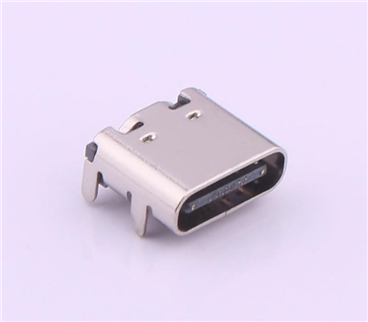
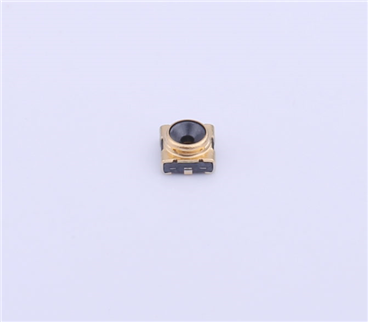
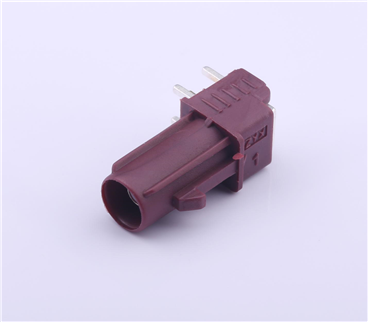
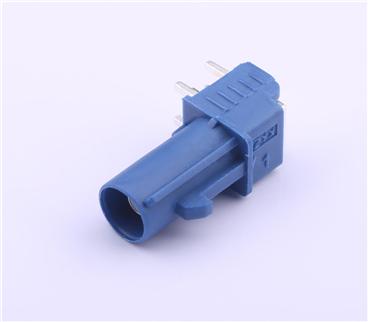
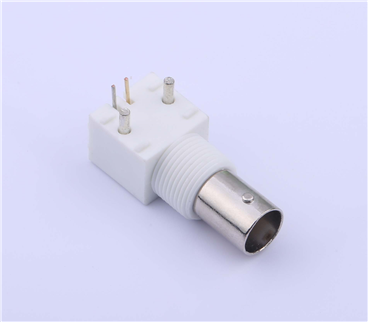
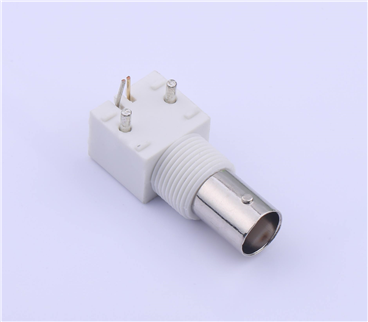
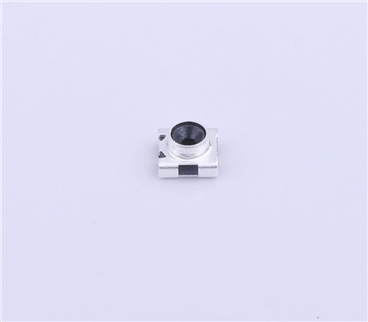
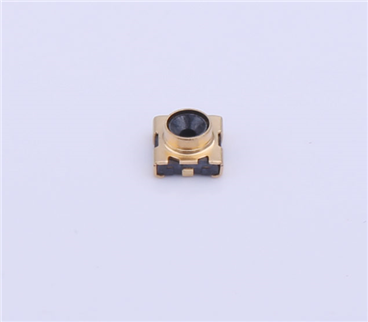
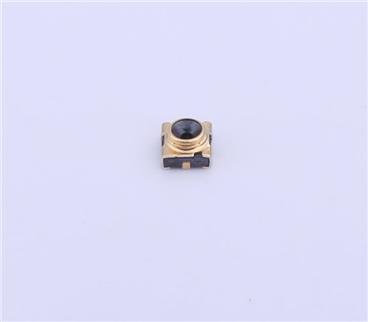
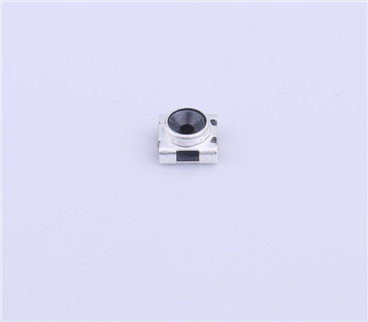
Copyright © Shenzhen Kinghelm Electronics Co., Ltd. all rights reservedYue ICP Bei No. 17113853
